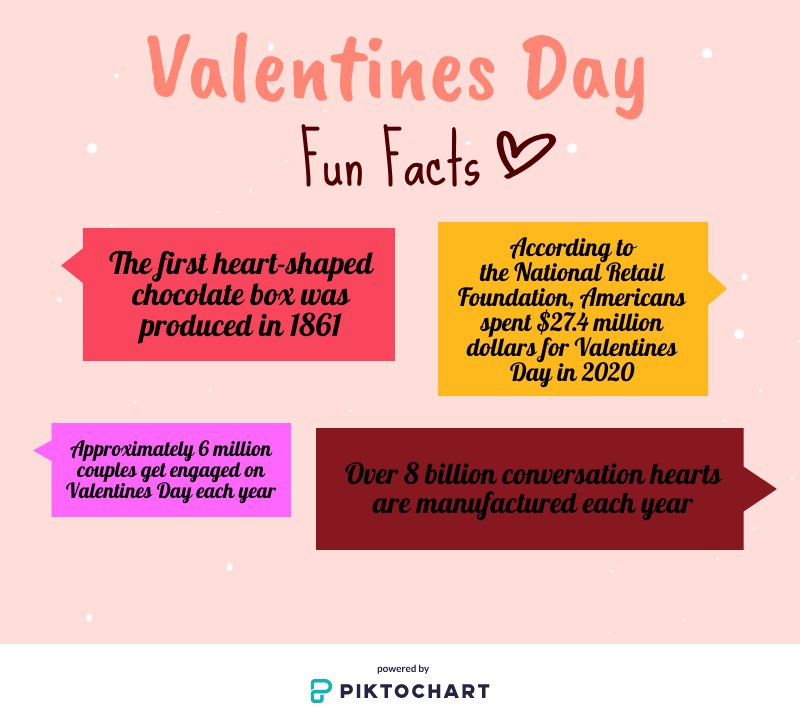
A day dedicated to flower deliveries, boxes of chocolates or crying alone into a hollowed out ice cream pint. However it is one spends Feb. 14 nowadays, it was not always a day of romance.
In fact, it was not until many years after the pope officially declared the fourth Valentine’s Day in the 5th century, that the holiday was solely associated with love. Beforehand, much like a 21st century relationship, there is a lot of misunderstanding and debate surrounding its origins. Undoubtedly though, it centers around the Saint Valentine. Which of the many saints known to be named Valentine, and what that saint did to become the poster child of the holiday is up in the air.
In the Catholic Church, one legend asserts that Saint Valentine was a third century Roman priest who defied Claudius’s outlaw of marriage between women and young soldiers — later sentenced to death for his actions in A.D. 270. According to another legend, the priest earned the title after sending a letter to a young girl from imprisonment, signed with “From your Valentine;” the first Valentine’s greeting in record. On the contrary, some believe, according to another legend, that another beheaded, Saint Valentine of Terni, is the holiday’s namesake.
As for when the holiday is celebrated — February — is murky, too. Some say it was to commemorate Valentine’s death, which happened in the month of February. Others, though, say it is because of Lupercalia — a festival dedicated to fertility. This event, filled with rituals such as sacrificing goats and laying their hide in corn fields, and men picking young girl’s names out of an urn to find their “chosen women”, was outlawed soon after the initial rise of Christianity.
Cupid, a common symbol of Valentine’s day, stems from Greek mythology and represents Eros, the Greek god of love. Who he descended from, again, is up for debate. But, according to certain archaic poems, Eros was an immortal who shot golden arrows to initiate love; not the prankish, chubby baby often represented in the media today.
Although controversy circles every claim historians and religions have made about this treasured day, there is no denying how much it has evolved. Who knows, maybe in 100 years, some students will write a newspaper article debating the romantics behind a chocolate fountain or the giving of stuffed animals.
